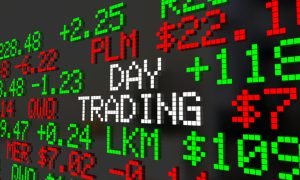A Buy-In is a term used in the financial markets, particularly in the context of short selling and securities lending. It refers to a situation where a broker or lender forcibly closes out a short position by purchasing the securities that were borrowed and sold short, typically because the short seller failed to deliver the securities on time.
Key Aspects of a Buy-In:
- Short Selling: When an investor short sells a stock, they borrow the shares from a broker or another investor and sell them on the open market, hoping to buy them back later at a lower price to return to the lender and pocket the difference.
- Failure to Deliver: A buy-in occurs when the short seller fails to deliver the borrowed shares by the agreed-upon settlement date. This failure can be due to various reasons, such as an inability to locate the shares or a delay in securing them.
- Broker’s Action: If the short seller does not deliver the shares on time, the broker has the right to initiate a buy-in. The broker will purchase the necessary shares on the open market at the current market price to cover the short position.
- Costs and Risks: The cost of the buy-in, which may be higher than the original selling price, is charged to the short seller. This can result in significant losses, especially if the stock price has risen since the short sale.
- Market Impact: Buy-ins can create upward pressure on the stock price, as the broker must purchase shares on the open market, potentially driving up demand.
Example Scenario:
Imagine an investor shorts 1,000 shares of Company XYZ at \$50 per share, borrowing the shares from their broker. They sell the shares with the expectation that the price will drop. However, the stock price instead rises to \$60, and the investor is unable to buy back the shares by the settlement date. The broker, needing to close out the position, executes a buy-in, purchasing 1,000 shares at the current market price of \$60. The short seller is then required to cover the cost of this buy-in, resulting in a loss of \$10,000 (\$60,000 buy-in cost minus \$50,000 from the original sale).
Other Uses of “Buy-In”:
In other contexts, “buy-in” can also refer to the act of purchasing shares or stakes in a company or investment, but in the specific context of short selling, it refers to the forced purchase of securities to cover an undelivered short position.
In summary, a buy-in is a process where a broker purchases securities on the open market to close out a short seller’s position when the short seller fails to deliver the borrowed shares by the settlement date. This action can lead to significant losses for the short seller if the stock price has increased.







